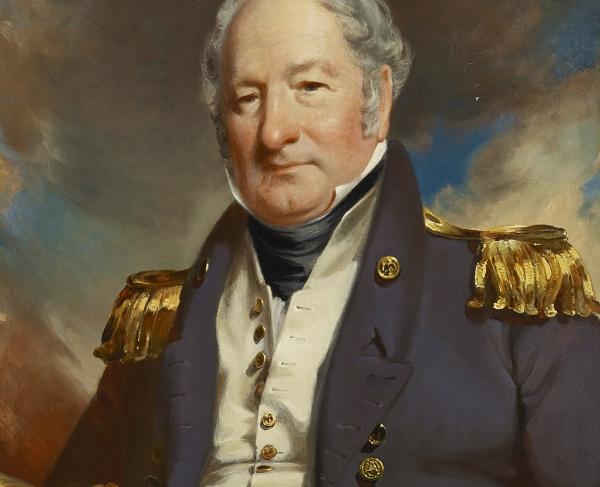Wesley Merritt

Wesley Merritt, Union cavalry officer and first military governor of the Philippines, was born June 16, 1834 in New York City. When he was seven, he moved with his family to St. Clair county Illinois. Though he was inclined towards a career in law, Merritt accepted an appointment to the United States Military Academy at West Point in 1855. He graduated in 1860, twenty-second in a class that included future comrade James Wilson and future adversary Dodson Ramseur. Initially assigned to service in Utah, Merritt was recalled to Washington at the outbreak of the Civil War and was made aide-de-camp first to Gen. Philip St. George Cooke, then to Gen. George Stoneman. Still young, Merritt commanded the reserve cavalry during Stoneman’s raid on the Chancellorsville campaign.
Merritt won praise for his conduct at the Battle of Brandy Station on June 9, 1863. In his first major combat action, the beardless New Yorker managed to wound Confederate Brig. Gen. Rooney Lee, Robert E. Lee's middle son, in a one-on-one saber duel as the rest of the Union force withdrew from the battlefield. After the Battle of Upperville two weeks later, Merritt received an unusual promotion from captain all the way to brigadier general--a decision prompted by the recent reorganization of the cavalry wing into a more unified force. George Armstrong Custer and Elon Farnsworth received the same promotions.
At Gettysburg, Merritt commanded a brigade of regulars under John Buford, but missed the furious first day's battle while guarding the army's supply lines. On July 3, however, he participated in the fateful cavalry charge on the Confederate right flank below Big Round Top ordered by Brig. Gen. Judson "Kill-Cavalry" Kilpatrick. The charge was a bloody failure that resulted in the death of Elon Farnsworth.
After Buford’s death late that year, Merritt assumed acting command of the 1st Division of the Cavalry Corps, and took part in the Overland Campaign of 1864, earning further distinction at the Battle of Yellow Tavern. In the fall of 1864, he was transferred to the Shenandoah Valley to aid Gen. Phil Sheridan in his campaign against marauding Confederate Gen. Jubal Early. At the Battle of Third Winchester, the 1st Division participated in the largest cavalry charge to ever take place on American soil--some 10,000 horsemen--and played a key role in routing Early's army from the field. The battle turned the tide of the 1864 Valley Campaign and earned Merritt a promotion to major general. Now appointed as Sheridan's chief lieutenant, he continued to serve admirably throughout the war, and was again officially recognized for his actions in the Appomattox Campaign.
After receiving Robert E. Lee's surrender, Merritt chose to remain in the army. After the death of George Custer at Little Bighorn, Merritt struck back with a victory at the Battle of Slim Buttes in 1876. He spent the years of 1882-1887 as superintendent of West Point. In 1898, he commanded the VIII Corps in Manila during the Spanish-American War. After taking the city, he served as military governor of the Philippines for nearly two years before retiring from the army in 1900. He died peacefully in 1910, the only one of the 1863 promotees to do so, and is now interred at West Point.


